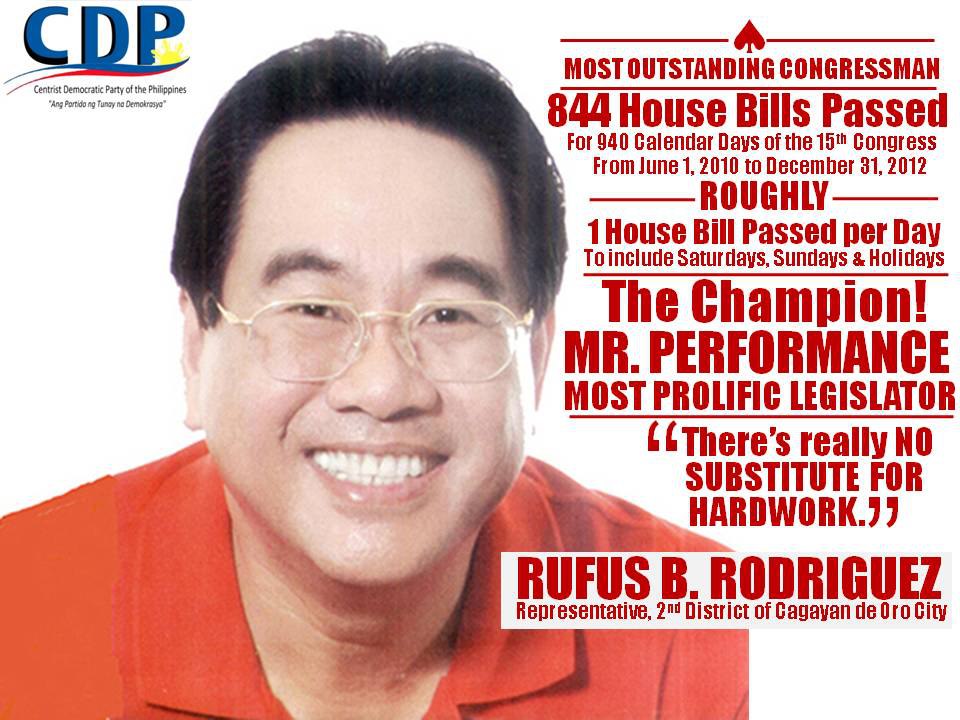By Rosemarie Francisco and Karen Lema
(Reuters) - Standard & Poor's raised the Philippines' credit rating to investment grade on Thursday, the second debt agency to do so in less than two months, putting the Southeast Asian country on track to attract more foreign capital flows which are challenging policymakers.
S&P upgraded the Philippines' foreign long-term debt by one notch to BBB minus, and foreign short-term debt to A-3, with a stable outlook, citing the country's strong external profile, moderate inflation and declining reliance on foreign currency debt.
Most foreign funds are only allowed to hold investment-grade assets rated by either S&P or Moody's Investors Service. The influential JPMorgan Asia credit index (JACI), for example, considers investment grade debt classified by the two agencies.
"Inflows have already been quite strong and are likely to remain a challenge for policymakers as foreign players become more aware of the Philippines as a viable investment destination," said Eugene Low, an economist at DBS in Singpaore.
The upgrade came just a little over four months after S&P raised its rating outlook for Philippine debt to positive from stable in late December, and as the debt watcher downgraded its outlook for the country's larger neighbour Indonesia to stable from positive, citing concerns that much-needed economic reforms were losing momentum in Jakarta.
"There is more evidence of structural economic improvement in the Philippines than in Indonesia in recent years," Credit Suisse economist Robert Prior-Wandesforde wrote in a note.
"Also, the Philippines' so-called macro vulnerability indicators are generally better than those of Indonesia - the exception being on public finances."
Fitch Ratings raised the Philippines' credit rating to investment grade in late March, a first for the Southeast Asian nation, in a move expected to boost investment and lift the country's long-term growth potential.
With investment-grade status from two of the major agencies, the sovereign now becomes eligible to be part of the Barclays U.S. Investment-Grade and Global Aggregate and Asia Pacific IG Aggregate indices, as well as other investment-grade indices from Citigroup.
It is still unclear what weighting the Philippines will have in the key indexes, but tens of trillions of dollars are benchmarked against the Citi and Barclays indexes. Funds that benchmark against the indices will have to buy Philippines government bonds if they don't already own them. <^^^^^^^^^^^^^^^^^^^^^^^^^^^^^^^^^^^^^^^^^^^^^^^^^^^^^^^^^
Full S&P statement link.reuters.com/qet77t
Philippine CDS gap over rival Indonesia at all time high
^^^^^^^^^^^^^^^^^^^^^^^^^^^^^^^^^^^^^^^^^^^^^^^^^^^^^^^^^>
CAPITAL INFLOWS
Foreign capital inflows are already posing challenges for many policymakers across Asia as global investors flock to the region in search of higher returns.
Shielding the peso currency and the economy from the impact of such large inflows have strained the central bank's resources.
Bangko Sentral ng Pilipinas (BSP) Governor Amando Tetangco said in a statement the S&P upgrade "undoubtedly cements the Philippines' status as an economy with one of the brightest prospects globally," adding that further inflows, particularly foreign direct investments, should increase the country's productive capacity and create more jobs.
He told reporters at the Asian Development Bank annual meeting in India that managing capital flows and inflation were the BSP's key priorities, with the central bank keen to use non-interest rate tools to tackle inflows.
In its statement, S&P said the current and previous governments' improved fiscal flexibility, foreign debt reduction programmes, deeper domestic capital market and recent revenue gains were factors for the ratings upgrade.
"The upgrade on the Philippines reflects a strengthening external profile, moderating inflation, and the government's declining reliance on foreign currency debt," said Standard & Poor's credit analyst Agost Benard.
S&P expected the country to achieve a near-balanced external position helped by persistent current account surpluses driven by strong remittances from Filipinos working abroad, he added.
But S&P noted the country's low revenue base and relatively high, though declining, costs of commercial external debt, as well as other structural impediments to higher growth.
President Benigno Aquino, who took office nearly three years ago, has successfully passed a sin tax reform that raised taxes on alcohol and tobacco, but tax administration remains a challenge. He wants to achieve record economic growth of 8.5 percent under democratic rule before he steps down in 2016 by creating more jobs and increasing income levels in a country where nearly a third of its 96 million people live below the poverty line.
"It is further indicative of sustained confidence in the Philippine economy, of our collective resilience, optimism, and growing potential, amidst global economic uncertainty," Edwin Lacierda, presidential spokesperson, said in a statement.
Philippine bonds were up by half a point due to a U.S. Treasury rally and with the upgrade, they added another half a point on average. The 2037 bond was last seen at 122.75.
Philippines' 5-year credit default swaps (CDS) tightened 2-3 basis points to 84/87 after the upgrade announcement.
The peso closed at the day's high of 41.05 per dollar, after trading weaker for most of the day and against 41.155 on Tuesday.
One-year non-deliverable forwards (NDFs), which have been trading below the spot rate since November and thereby implying expectations for further appreciation in the peso, moved to 40.85 per dollar after the S&P move, from 40.9 before.
Finance Secretary Cesar Purisima said the upgrade was a vote of confidence on the Philippines and reaffirmed the country's underlying fundamentals, which have seen investors push prices of its bonds and stocks sharply higher.
"For now, we must redouble our efforts to remove the remaining constraints to our growth if we are to reach even greater heights. The Philippine government will continue to focus on infrastructure development, on creating a larger fiscal space to support social investments, and on further opening up the economy," Purisima said.
The Philippine government expects Moody's, which still rates the country a notch below investment grade, to follow suit. (Additional reporting by Vidya Ranganathan, and Christopher Langner and Umesh Desai of IFR; Editing by Kim Coghill)
